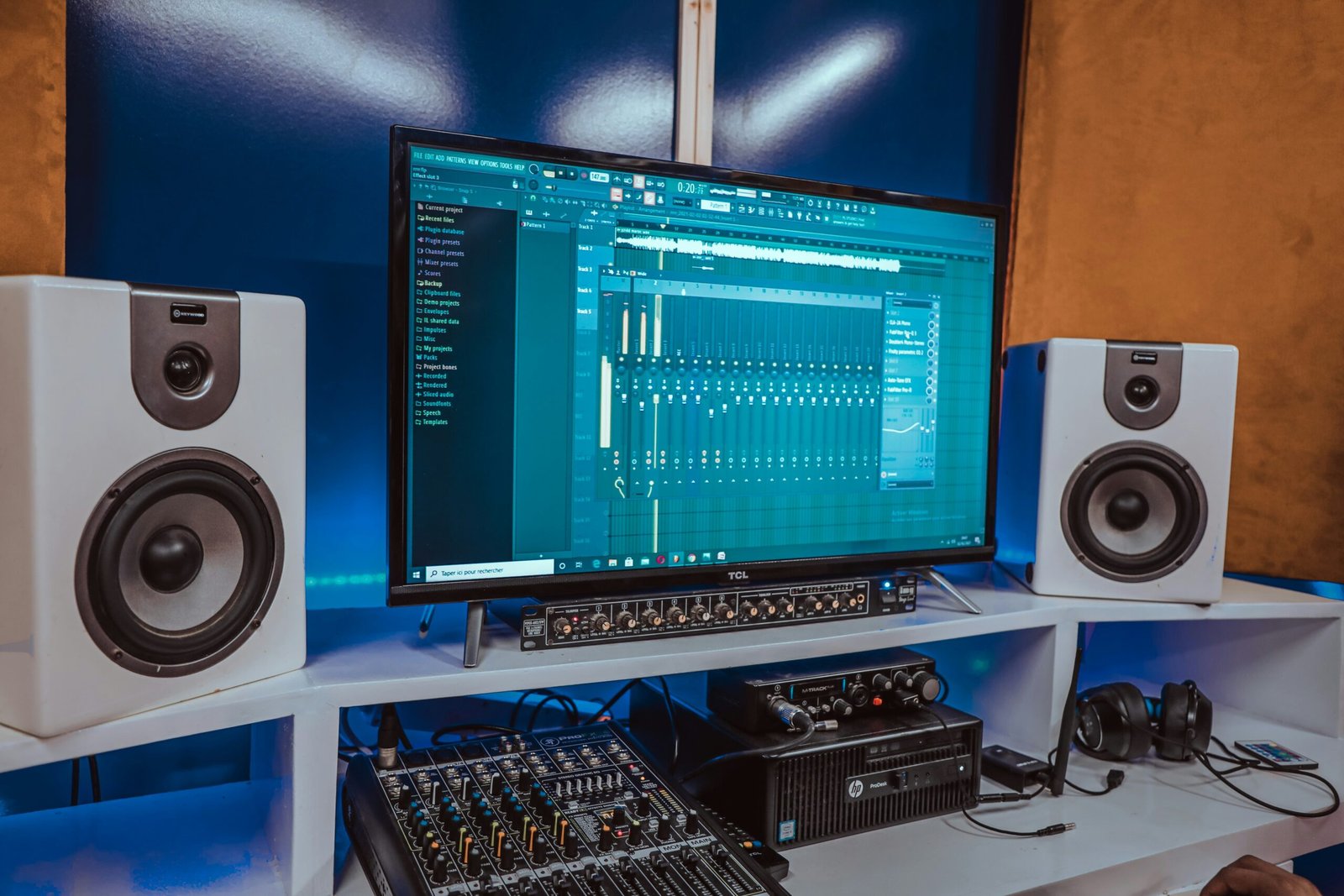
Introduction to the Sound Spectrum
The sound spectrum encompasses a wide array of frequencies that are perceivable by the human ear, typically ranging from 20 Hz to 20,000 Hz. This range is critical for understanding how music and rhythm are constructed and experienced. Within this spectrum, individuals may vary significantly in their hearing abilities, influenced by factors such as age, health, and environmental exposure. These variances lead to different perceptions of sound, which can affect how individuals respond to or appreciate musical instruments and compositions.
The sound spectrum can be categorized into three primary segments: infrasound, audible sound, and ultrasound. Infrasound refers to frequencies below 20 Hz, which are generally imperceptible to the human ear but can still influence feelings and emotions, often felt as physical vibrations. Meanwhile, audible sound—spanning from 20 Hz to 20,000 Hz—is the frequency range that encompasses all music and speech. This range is essential for our understanding of melody, harmony, and rhythm, allowing us to connect with various musical instruments and compositions. Lastly, ultrasound includes frequencies above 20,000 Hz, typically beyond the range of human hearing but utilized in various applications, including medical imaging and sound engineering.
Low-Frequency Range: Foundations of Sound
The low-frequency range in music, encompassing frequencies from 20 Hz to 250 Hz, serves as the foundational backbone of many musical compositions. Instruments that occupy this frequency spectrum, such as the bass guitar, double bass, and tuba, are essential for creating deep and resonant sounds that not only fill the auditory space but also establish rhythm and harmony. These instruments are often responsible for producing the fundamental tones that support melodies and create a sense of balance within a musical piece.
The bass guitar, a staple in modern music genres, utilizes its low-frequency capabilities to deliver powerful notes that anchor the overall sound. This instrument allows musicians to craft intricate lines that interact seamlessly with both rhythm and melody, providing a robust underpinning to compositions. Similarly, the double bass is prominent in classical music and jazz, where its expressive low tones resonate deeply within the ensemble, enhancing the emotional weight of the music. The tuba, often used in orchestras and brass bands, contributes to the richness of the ensemble with its unique ability to generate profound resonance that fills the acoustic environment.
The emotional and physical impact of low-frequency sounds should not be underestimated. These deep tones often evoke feelings of strength, warmth, and stability, contributing to the overall texture of the music. They possess the capacity to create a sense of presence, making the listener feel more immersed in the experience. By establishing a solid foundation through low frequencies, musicians can effectively manipulate dynamics, adding complexity and depth to their compositions.
Understanding the role of low-frequency instruments is crucial for both musicians and composers alike, as it allows for a richer musical landscape and enhances the overall auditory experience. The interplay between rhythm and these deep sounds underscores their significance within the broader context of music.
Mid-Frequency Range: The Heart of Music and Speech
The mid-frequency range, spanning from 250 Hz to 4,000 Hz, is a crucial band in the sound spectrum for both music and verbal communication. This frequency range is particularly important as it encompasses the vital elements of human speech intelligibility and many melodic instruments. The significance of this range can be observed in a variety of contexts, from casual conversations to musical performances, where the clarity and richness of sound play an integral role in conveying emotion and character.
In the realm of music, instruments such as the piano, acoustic guitar, and saxophone prominently occupy this mid-range frequency, delivering warm and rich tones that are indispensable for creating depth in musical arrangements. Each instrument produces sound through unique techniques; for instance, the piano’s strings vibrate when struck by keys, generating a full-bodied resonance that significantly enhances its emotional impact. Similarly, the acoustic guitar, with its hollow body, amplifies sound produced by its strings, producing resonant chords that form the basis of many musical genres.
The saxophone stands out as a versatile instrument that merges the warmth of brass and the expressiveness of woodwind, contributing to its prominence in jazz and classical music. The rich timbre of the saxophone allows it to cover a range of emotions, underscoring the importance of the mid-frequency spectrum in music composition. Moreover, vocals typically occupy this range, making it essential for the articulation of lyrics and tonal expression.
The clarity provided by frequencies in this range ensures that both music and speech can be understood and appreciated. Therefore, the mid-frequency range not only enhances the aesthetic quality of music but also fortifies communication, emphasizing its foundational role in conveying messages effectively.
High-Frequency Range: Clarity and Brilliance
The high-frequency range in music, typically spanning from 4,000 Hz to 20,000 Hz, plays a critical role in creating clarity and brilliance. This frequency range is where instruments such as cymbals, flutes, violins, and piccolos exhibit their most vibrant and sparkling sounds. The inclusion of these high-frequency elements in a musical piece greatly enhances its overall texture, allowing for a richer auditory experience. For instance, the shimmering effect of a cymbal crash or the sweet trill of a flute can add a sense of airiness and brightness to a composition, capturing the listener’s attention.
The significance of high frequencies extends beyond performance; it is pivotal in the process of music production as well. Sound engineers pay meticulous attention to the balance of frequency ranges to ensure that the clarity of high-frequency sounds is not overshadowed by the lower frequencies. This balance is essential in achieving a cohesive sound that feels both dynamic and polished. In live performances, the role of high frequencies becomes even more pronounced, as they contribute to the overall intelligibility of the music, ensuring that the audience can discern the nuances of each instrument. For example, during orchestral settings, the high-frequency output from violins and flutes provides essential melodic lines that can cut through the dense textures of lower instruments, allowing for a more engaging listening experience.
In essence, high frequencies are instrumental in creating the distinct characteristics of music that many listeners find appealing. Their contribution to the clarity, balance, and vibrancy of the overall sound cannot be overstated, making them a cornerstone of both musical performance and production. These frequencies form an integral part of the sonic landscape, ensuring that each piece of music resonates well with an audience, leaving a lasting impression.
